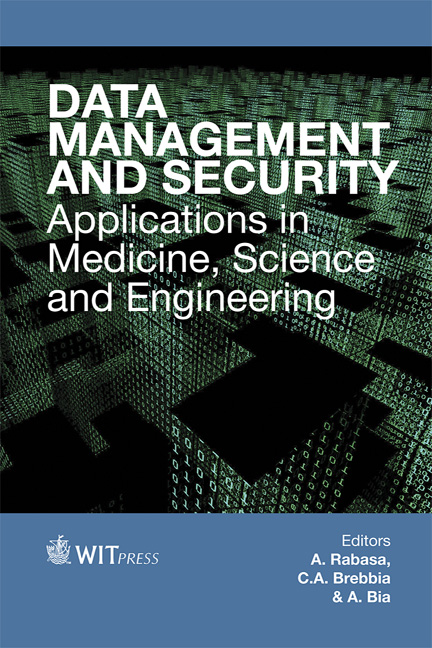Review Of Simulations Tools For Channel Coding
Price
Free (open access)
Volume
45
Pages
10
Page Range
3 - 12
Published
2013
Size
128 kb
Paper DOI
10.2495/DATA130011
Copyright
WIT Press
Author(s)
V. Galiano, R. Gandia, V. Herranz & C. Perea
Abstract
Channel coding, including convolutional and Turbo coding, represents a new and very powerful error control technique, which started to have a significant impact in the late 1990s, allowing communication very close to the channel capacity. The powerful error correction capability of channel coding was recognized and accepted for almost all types of channels leading to increased data rates and improved Quality of Service. Many standards, included Digital Video Broadband (DVB), Deep Space Network (DSN), Universal Mobile Telecommunications System (UMTS), WiMAX and others, based on channel coding (convolutional and turbo codes) have already been defined although they are currently under investigation. Authors have been analyzing and reviewing various available tools to evaluate new correcting codes. In the majority of scientific publications, the software used in channel coding simulations is rarely referenced and the results are presented without describing how they have been obtained. In this paper, the authors present a review of simulation software for channel coding systems currently available in the scientific community. This analysis is based on criteria such as simplicity, versatility, flexibility and performance. Our objective is to analyse and describe these properties in available software and conclude by choosing a software tool for the development of new convolutional codes in a future work. Keywords: convolutional code, turbo code, channel coding, simulation, performance, forward correcting codes.
Keywords
Keywords: convolutional code, turbo code, channel coding, simulation, performance, forward correcting codes.





